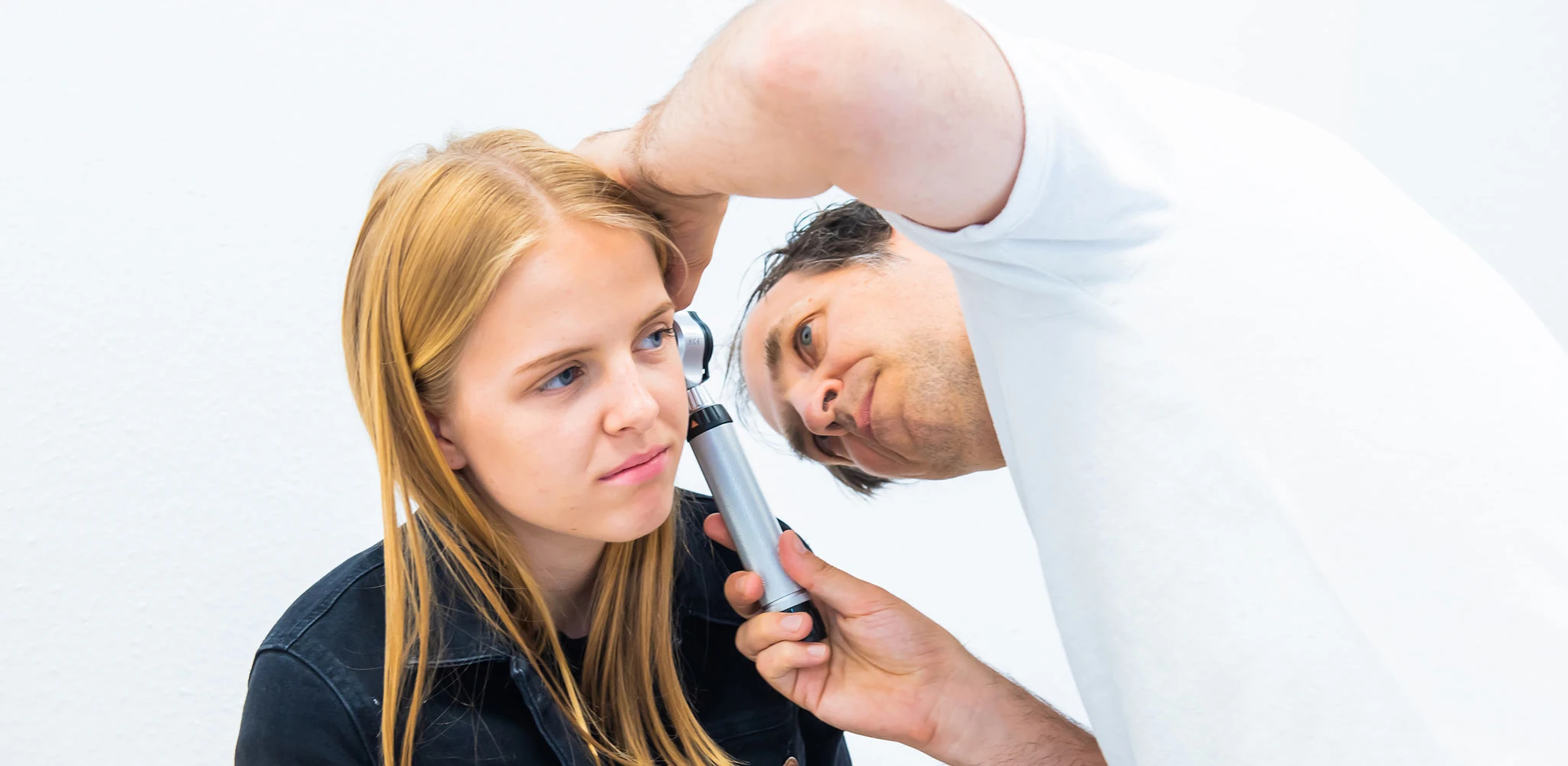What the Mongolian spot is all about
Medically, our topic today is a very small, harmless one. But it does include a bit of cultural history - and even an excursion tip. It's about the so-called Mongolian spot.
This spot is a birthmark that appears bluish-greyish in colour and is found almost exclusively on the back above the coccyx and sacrum or on the buttocks in babies. In children of Chinese, Japanese, Korean or Mongolian descent, or also in children of Inuit descent, this spot occurs in 99 per cent of cases. The further west you move, the less frequently you see it. In our practice, it is mainly children of families who originally come from south-east Europe who have this Mongolian spot.
Very often the parents are quite worried about it, but it is a completely harmless story. No diagnosis or treatment is required, the spot diminishes and usually disappears completely by puberty. Medically, that's all there is to it.
Now to the cultural history part: Mongolian spot was first described by a German anthropologist: Erwin Otto Eduard von Bälz, who was born in Bietigheim in 1849 and died in Stuttgart in the 20th century.
He was a very interesting man, as he was the personal physician to the Japanese emperor. There he also discovered this stain in children and attributed its origin to the Mongols. This is now very controversial; it is said that it was perhaps the Inuit who first discovered the spot. The name Mongolian spot is therefore controversial, but it has become established and there is no common alternative.
One more thing about Mr von Baelz: among other things, he practised Japanese martial arts excessively, promoted them and also brought them to Germany. And above all, he collected a great deal of Japanese art and at some point bequeathed it to a museum, namely the Lindenmuseum in Stuttgart - which brings us to the excursion tip and the end of the text.
Further interesting tips
Reading - a real superpower!
Today is the nationwide Read Aloud Day. And I don't think I need to say too much more about the great importance of reading aloud. Reading is a real superpower for children. Hence the tip, the advice, the request: Take today as an opportunity to read something really nice to your child again.
Crawling
This will not be an excursion into the realm of insects, crawling is at least as big an issue for parents of small children. Two questions always take centre stage: When should a child crawl? And does a child have to crawl at all?
Diarrhoea
One of the most common clinical pictures in paediatrics is acute gastroenteritis, i.e. diarrhoea - often accompanied by vomiting and fever.
